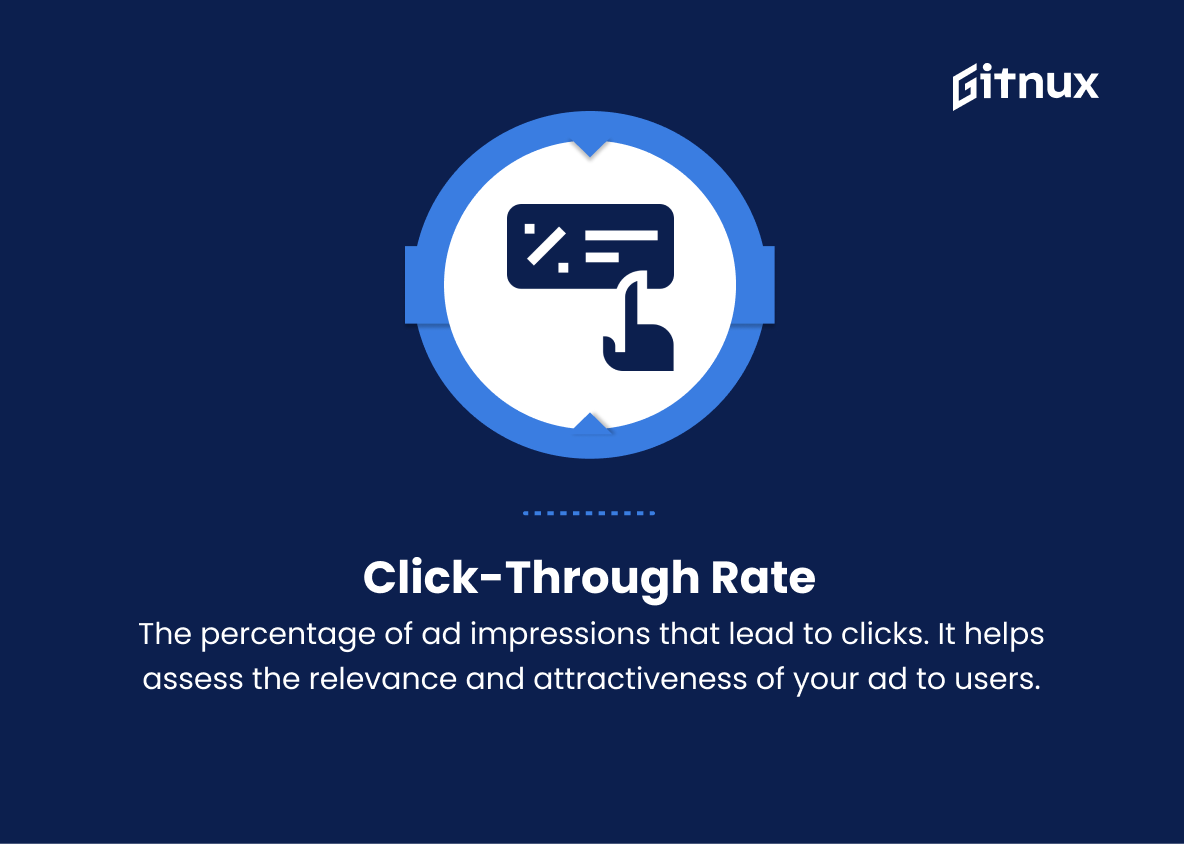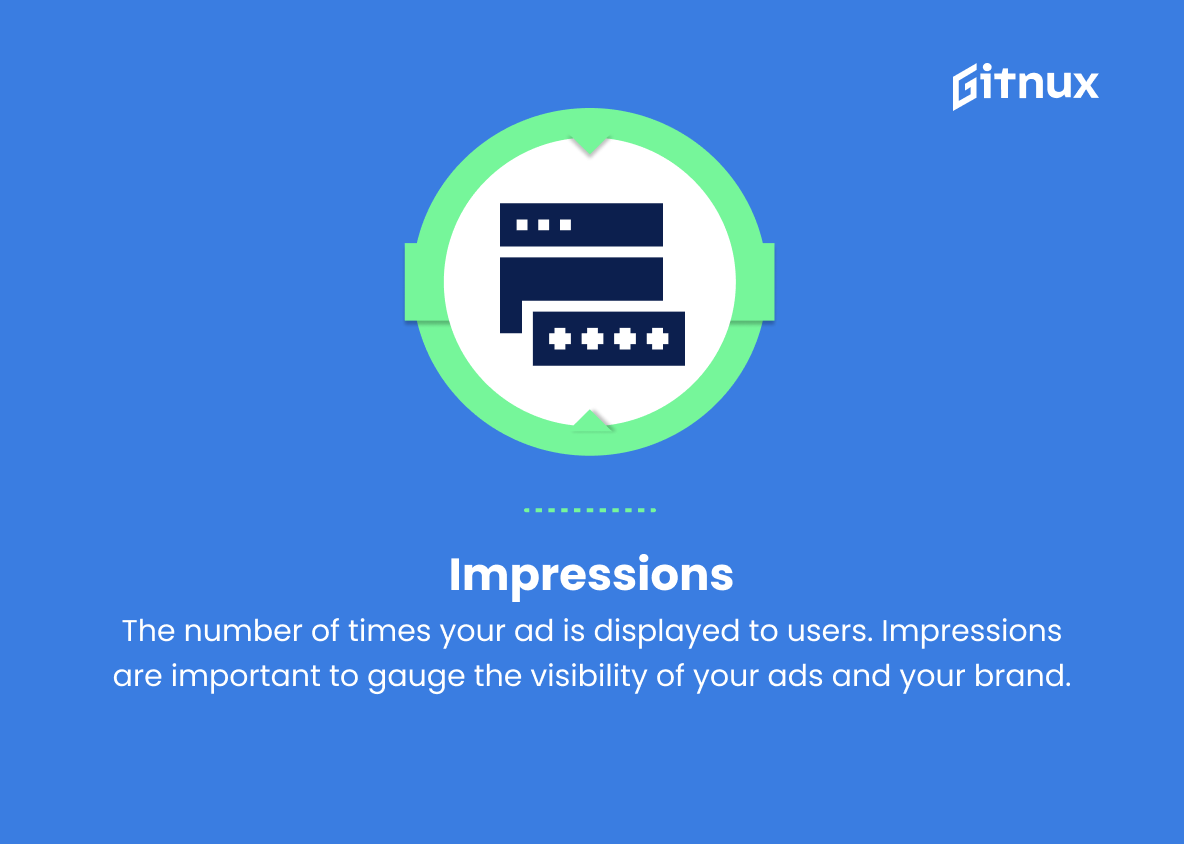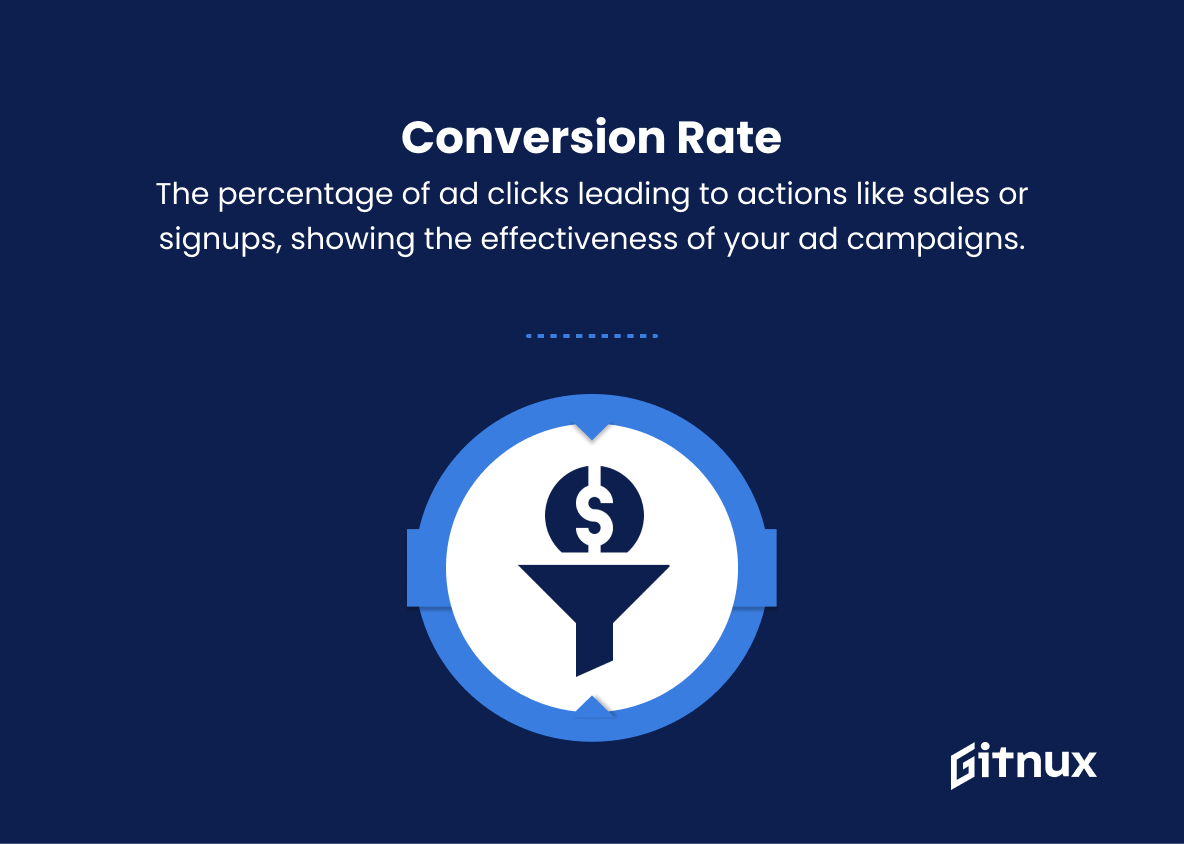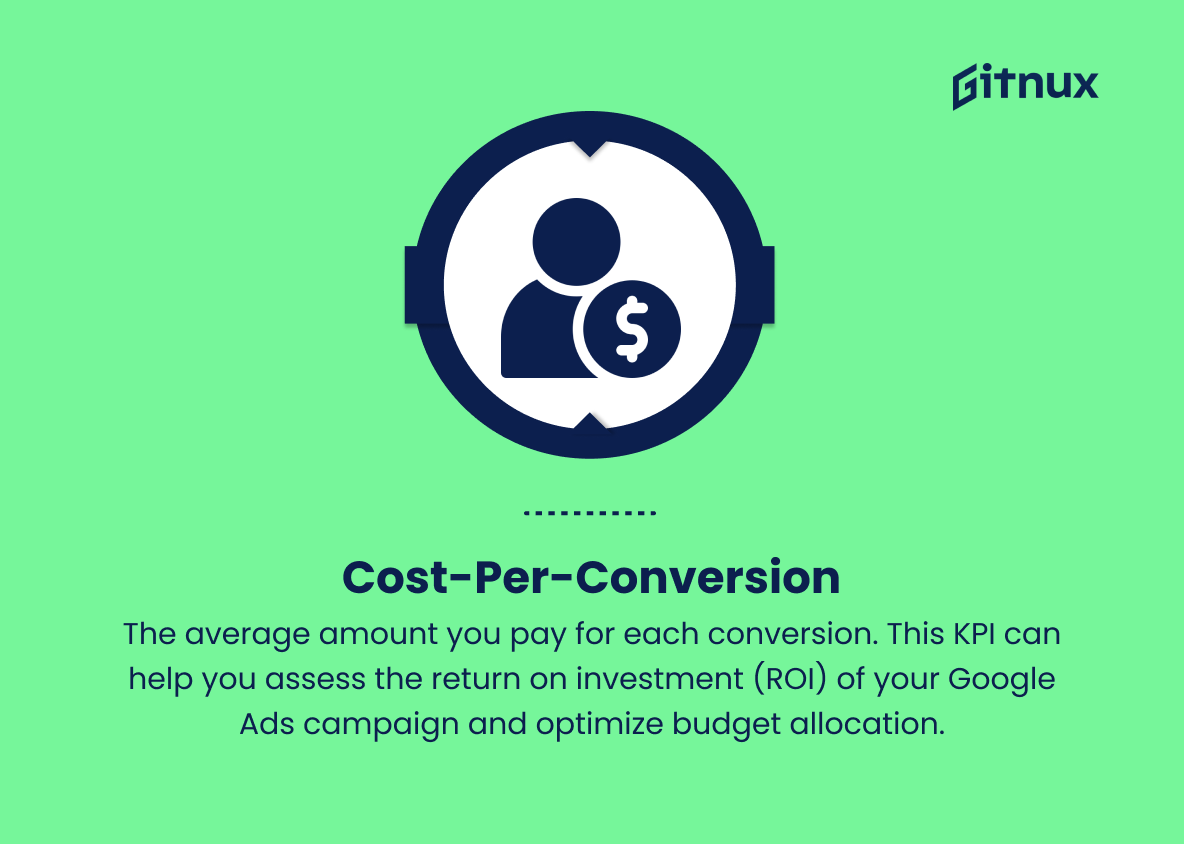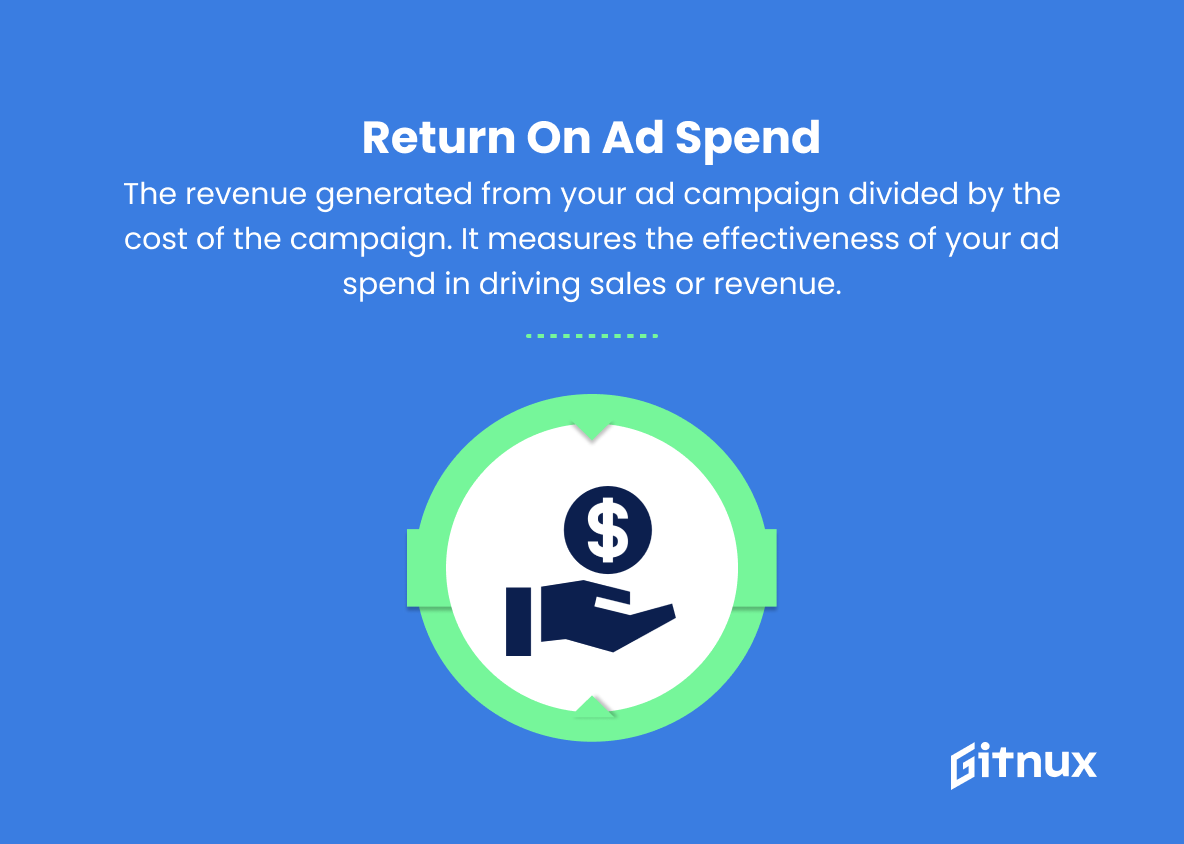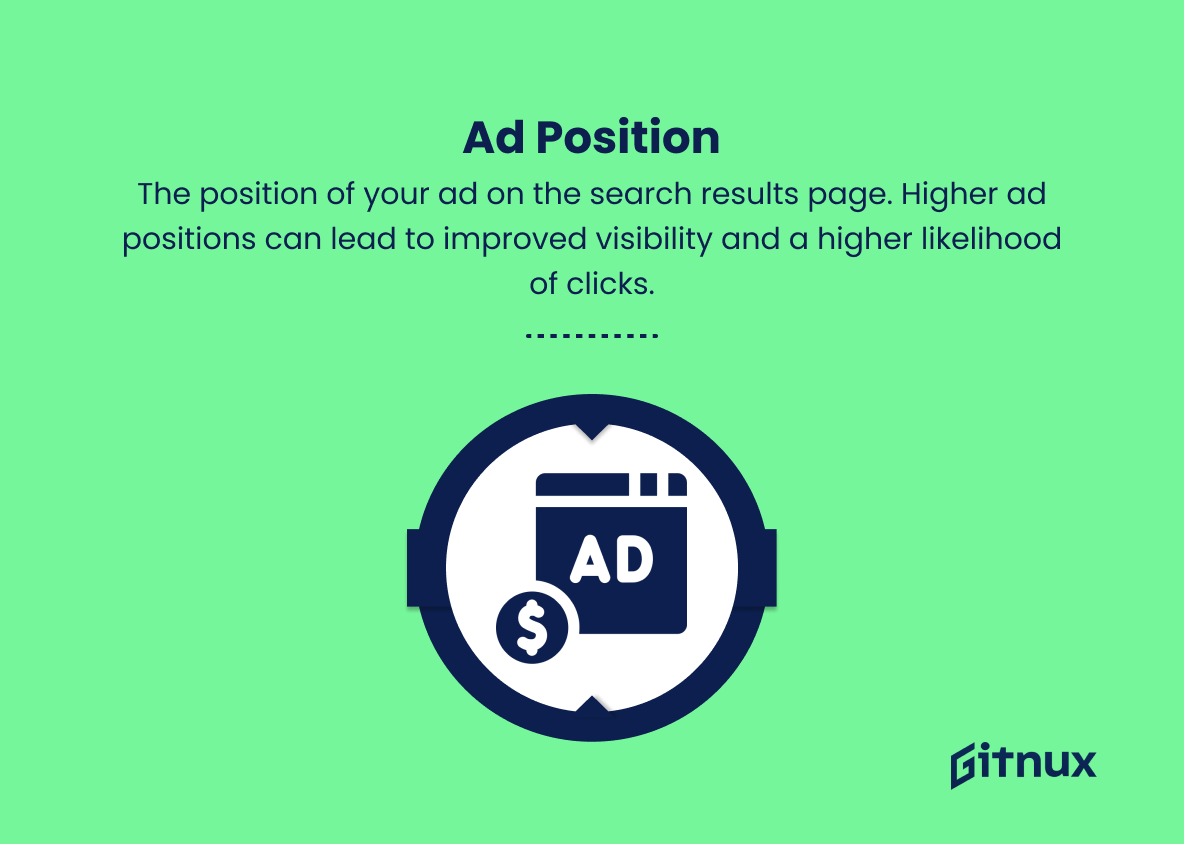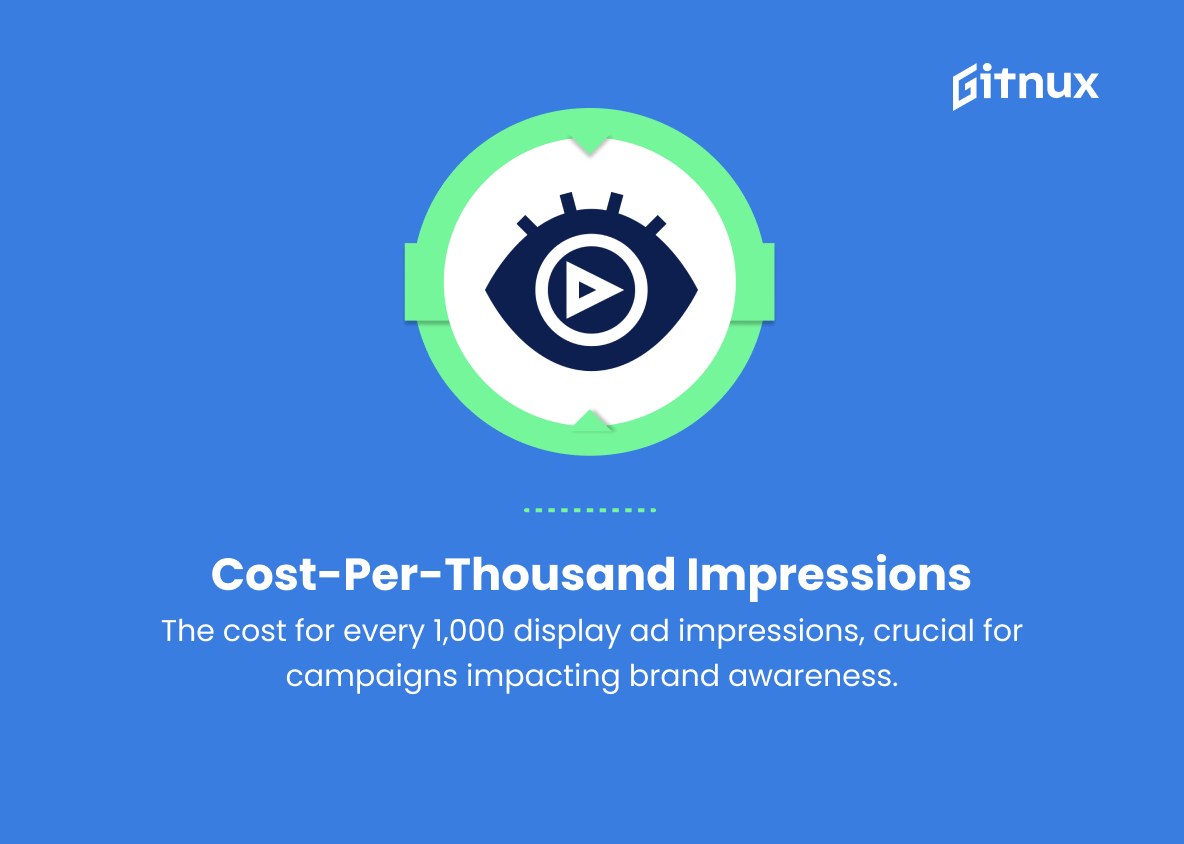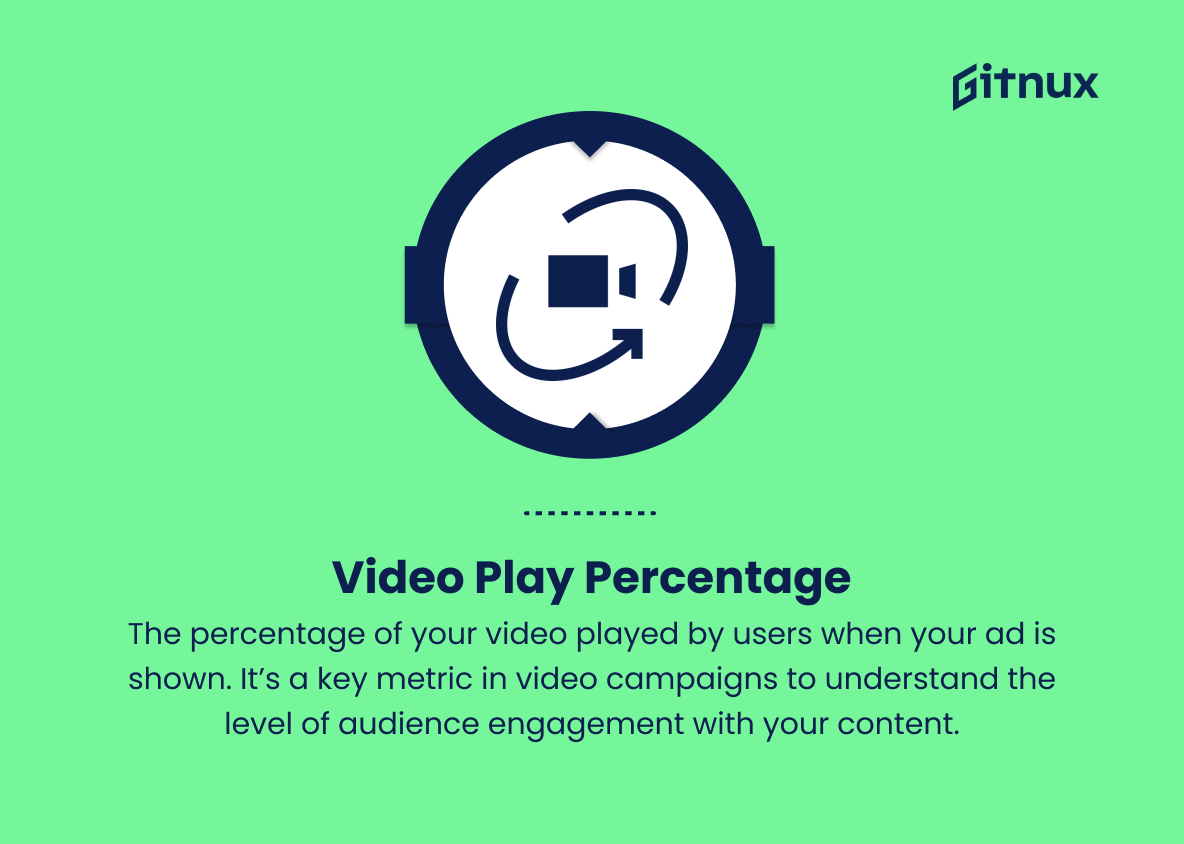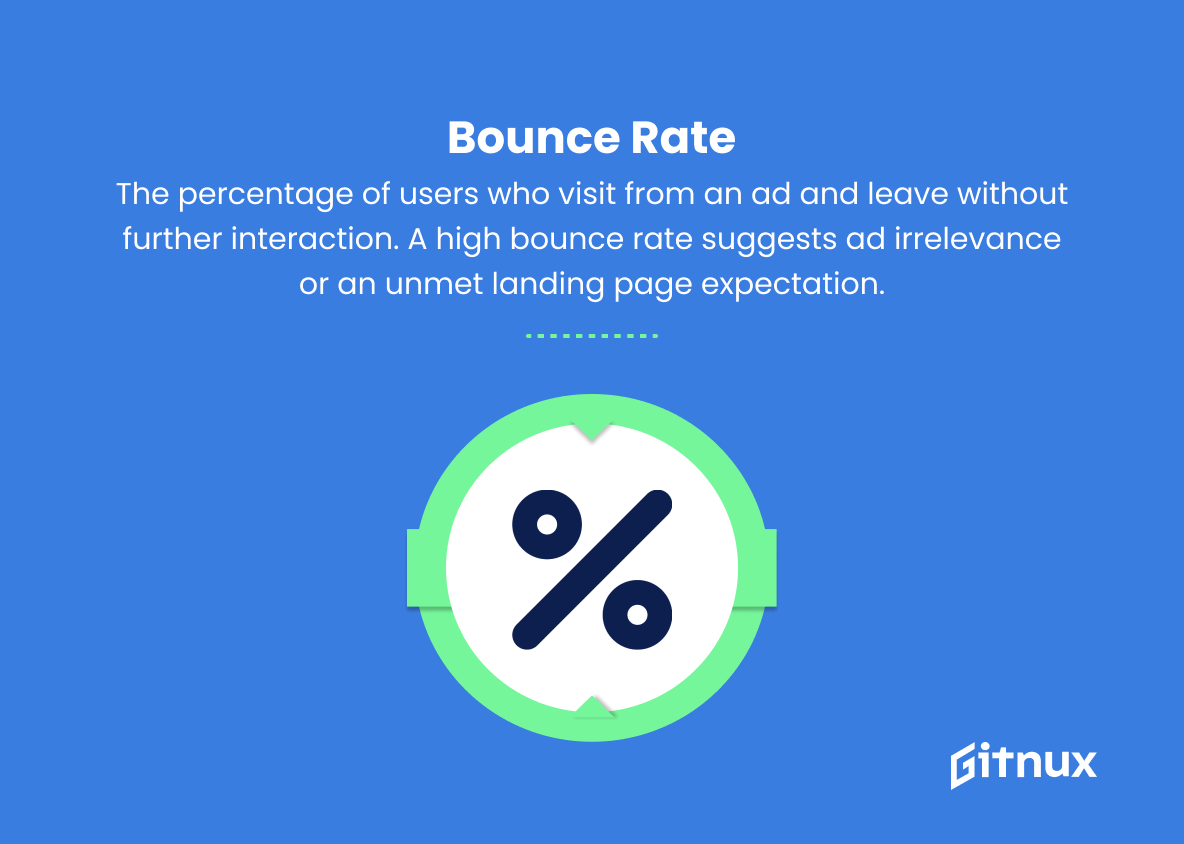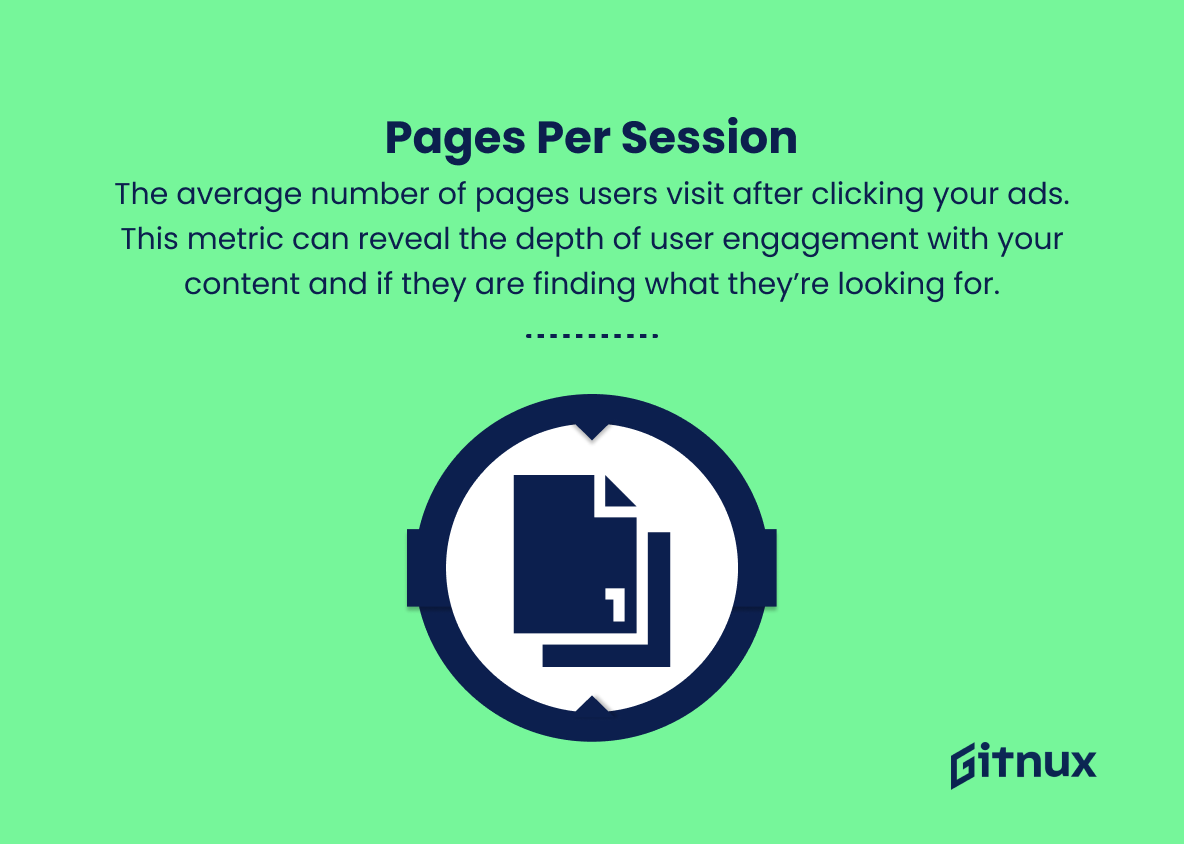In today’s fast-paced and ever-evolving digital landscape, it’s critical for businesses to understand and effectively measure the metrics that matter most to their success. One such platform that dominates the online advertising arena is Google Ads, and as a marketer, it’s essential to have a firm grasp on the Key Performance Indicators (KPIs) that drive the success of your campaigns.
In this in-depth blog post, we will dissect and explore the most important Google Ads KPIs that every marketer should be monitoring, understand their relevance to your advertising goals, and how you can use these metrics to optimize your strategy for higher conversions and maximized ROI. So buckle up and get ready to dive deep into the world of Google Ads KPIs, a world that can make or break the effectiveness of your online advertising efforts.
Google Ads KPIs You Should Know
1. Click-through rate (CTR)
The percentage of ad impressions that lead to clicks. It helps assess the relevance and attractiveness of your ad to users.
2. Cost-per-click (CPC)
The average amount you pay for each click on your ad. This KPI is crucial for managing your ad budget and controlling expenditure.
3. Impressions
The number of times your ad is displayed to users. Impressions are important to gauge the visibility of your ads and your brand.
In today’s fast-paced and ever-evolving digital landscape, it’s crucial for businesses to understand and effectively measure the metrics that matter most to their success.4. Conversion rate
The percentage of clicks on your ads that result in a specific action on your website, such as a sale or signup. This KPI indicates the effectiveness of your ad campaigns in driving desired user actions.
5. Cost-per-conversion (CPA)
The average amount you pay for each conversion. This KPI can help you assess the return on investment (ROI) of your Google Ads campaign and optimize budget allocation.
6. Return on ad spend (ROAS)
The revenue generated from your ad campaign divided by the cost of the campaign. It measures the effectiveness of your ad spend in driving sales or revenue.
7. Quality Score
A metric assigned by Google that rates the quality and relevance of your ad, keywords, and landing page. A higher Quality Score can improve your ad ranking and lower your CPC.
Click-through rate (CTR) is a vital KPI as it helps in assessing the relevance and attractiveness of your ads to users, ultimately influencing user engagement.8. Ad position
The position of your ad on the search results page. Higher ad positions can lead to improved visibility and a higher likelihood of clicks.
9. Cost-per-thousand Impressions (CPM)
The amount you pay for every 1,000 times your display ad is shown. This metric is particularly important for display and video campaigns, where impressions can greatly impact brand awareness.
10. View-through conversions (VTC)
The number of conversions that occurred after a user viewed (but did not click) your display or video ad. VTCs can provide insights into the indirect effect your ads have on driving user actions.
11. Video play percentage
The percentage of your video played by users when your ad is shown. It’s a key metric in video campaigns to understand the level of audience engagement with your content.
12. Bounce rate
The percentage of users who visit your website from an ad and leave without interacting with any other page. A high bounce rate may indicate that your ad is not relevant, or your landing page does not meet user expectations.
13. Average session duration
The average time users spend on your website after clicking on your ads. This KPI can help you understand user engagement and content relevance.
14. Pages per session
The average number of pages users visit after clicking your ads. This metric can reveal the depth of user engagement with your content and if they are finding what they’re looking for.
Google Ads KPIs Explained
Click-through rate (CTR) is an important KPI because it helps assess the relevance and appeal of your ads to users, which ultimately influences user engagement. Cost-per-click (CPC) and impressions are critical for managing your ad budget, controlling spend, and measuring ad visibility. Conversion rate and cost-per-conversion (CPA) determine the effectiveness of ad campaigns, driving desired user actions and optimizing budget allocation.
Return on ad spend (ROAS) measures the effectiveness of ad spend in driving sales or revenue. Quality score and ad position play an important role in improving ad ranking, lowering CPC and increasing visibility. Cost-per-thousand impressions (CPM), view-through conversions (VTC), and video play rates are critical for display and video campaigns because they can impact brand awareness and audience engagement with your content.
Bounce rate, average session time, and pages per session help you understand user engagement and content relevance, revealing the depth of user interaction with your site and whether they’re finding what they’re looking for. In summary, these Google Ads KPIs play an important role in evaluating and optimizing your ad campaigns based on user behavior, engagement, and relevance.
Conclusion
In summary, understanding and tracking Google Ads KPIs is critical to the success of your digital marketing campaign. By closely monitoring these key performance indicators, marketers can gain valuable insights into campaign effectiveness, quickly identify any issues, and quickly adjust their strategies to maximize ROI.
As a result, businesses can navigate the complex, ever-changing digital advertising landscape with greater confidence and achieve better results. So remember to keep a close eye on your chosen KPIs, analyze the data they provide, and continually refine your Google Ads tactics to stay ahead of the competition and achieve your marketing goals.
